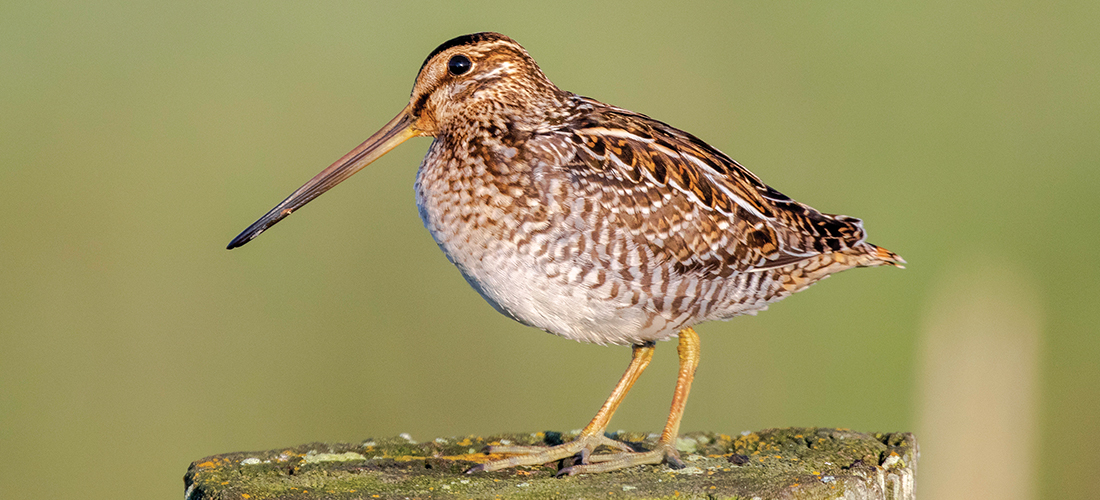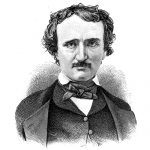
Love, American Woodcock Style
There’s hope for the pudgy and short-legged
By Susan Campbell
February is the month for love and, for the American woodcock, this is certainly the case! By mid-month this pudgy, short-legged, long-billed bird of forest and field is in full courtship mode. However, most folks have no clue since their unique singing and dancing occurs completely under the cover of darkness.
American woodcocks, also called “timberdoodles,” are cousins of the long-legged shorebirds typically found at the beach. Like plovers, turnstones, dowitchers and other sandpipers, these birds have highly adapted bills and cryptic plumage. Woodcocks, having no need to wade, sport short legs that they use to slowly scuffle along as they forage in moist woods and shrubby fields. This behavior is thought to startle worms and other soft-bodied invertebrates in the leaf litter and/or just below the soil surface. Their long, sensitive bills are perfect for probing and/or grabbing food items. And camouflaged plumage hides woodcocks from all but the most discerning eye.
Speaking of eyes, American woodcocks have eyes that are large and very uniquely arranged on their heads. They are very high up and far back, allowing them to see both potential predators above as well as food items in front and below them.
Beginning in late winter, male American woodcocks find open areas adjacent to wet, wooded feeding habitat and begin to display at dusk. They alternately do their thing on the ground and then in the air. A male begins by walking around in the open area uttering repeated loud “peeent” calls. He will then take off and fly in circles high into the sky, twittering as he goes. Finally, the male will turn and drop sharply back to the ground in zigzag fashion, chirping as he goes, and then begin another round of vocalizations.
In the Piedmont and Sandhills of North Carolina, displaying begins on calm nights in December. Some of these males are most likely Northern birds that have made the journey to the Southeast for the colder weather. They may just be practicing ahead of their real effort — in early spring back up North. Regardless, females visit multiple spots where males are known to do their thing before they choose a mate. So, it behooves the males to display as often as possible to impress as many females as possible during the weeks that they are on the hunt for a mate.
Although long hunted for sport, it was Aldo Leopold, the renowned conservationist, who implored sportsmen to better appreciate these little birds. They are well adapted for a forest floor existence, hidden from all but their mates come this time of the year. And, on rare occasions, from birdwatchers keen on getting a glimpse of the American woodcock’s antics. PS
Susan Campbell would love to receive your wildlife sightings and photos. She can be contacted at susan@ncaves.com.





